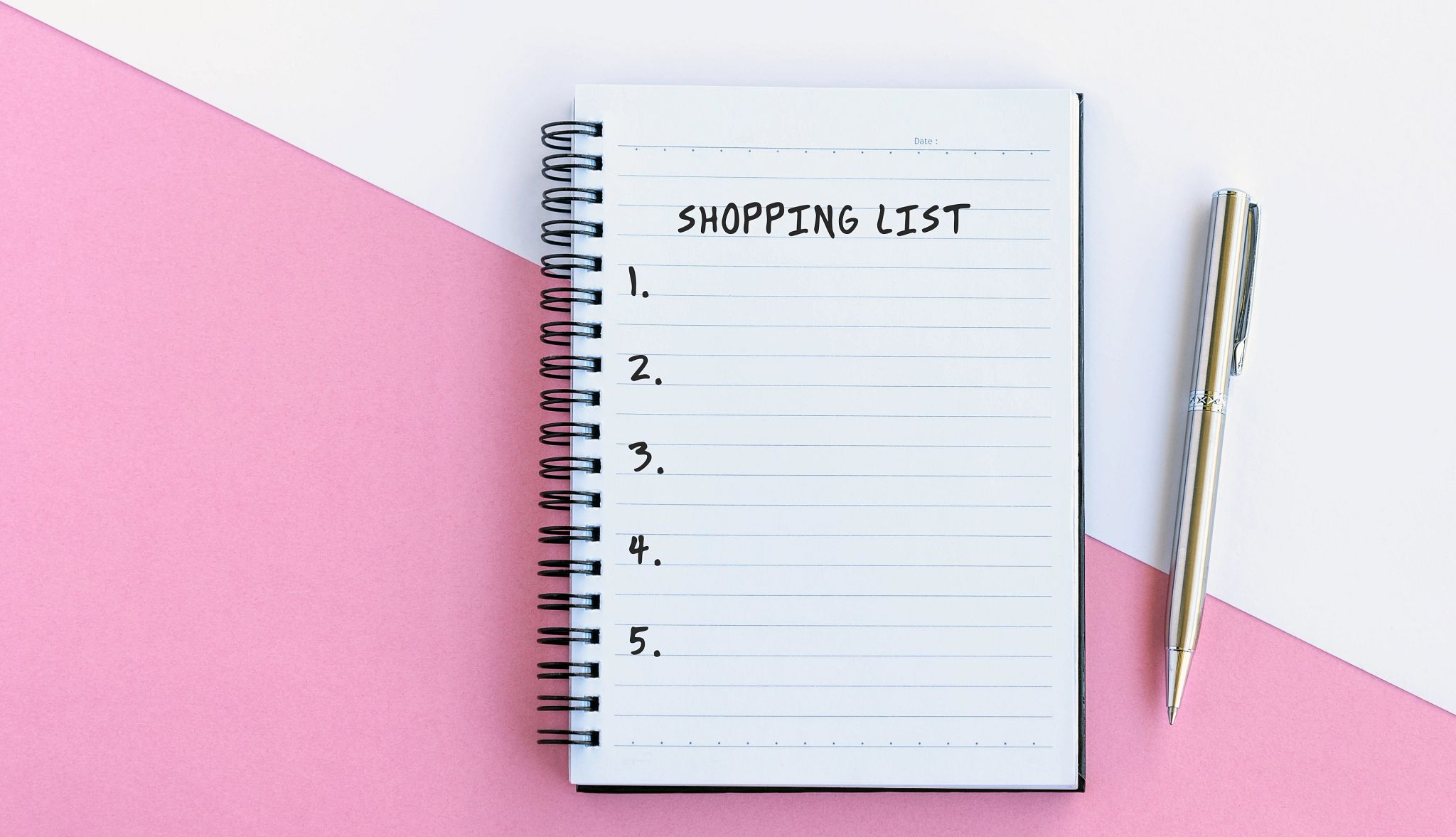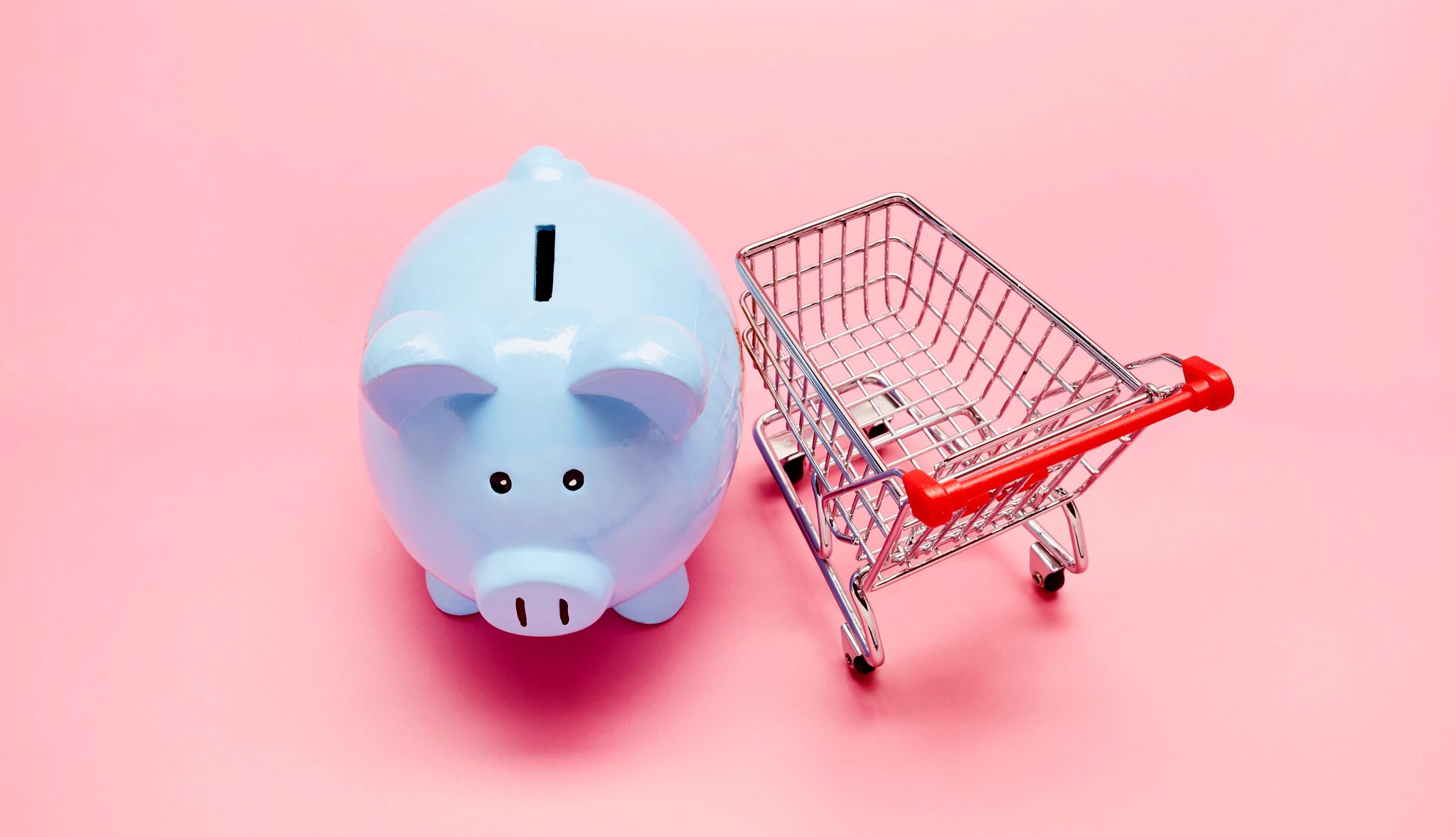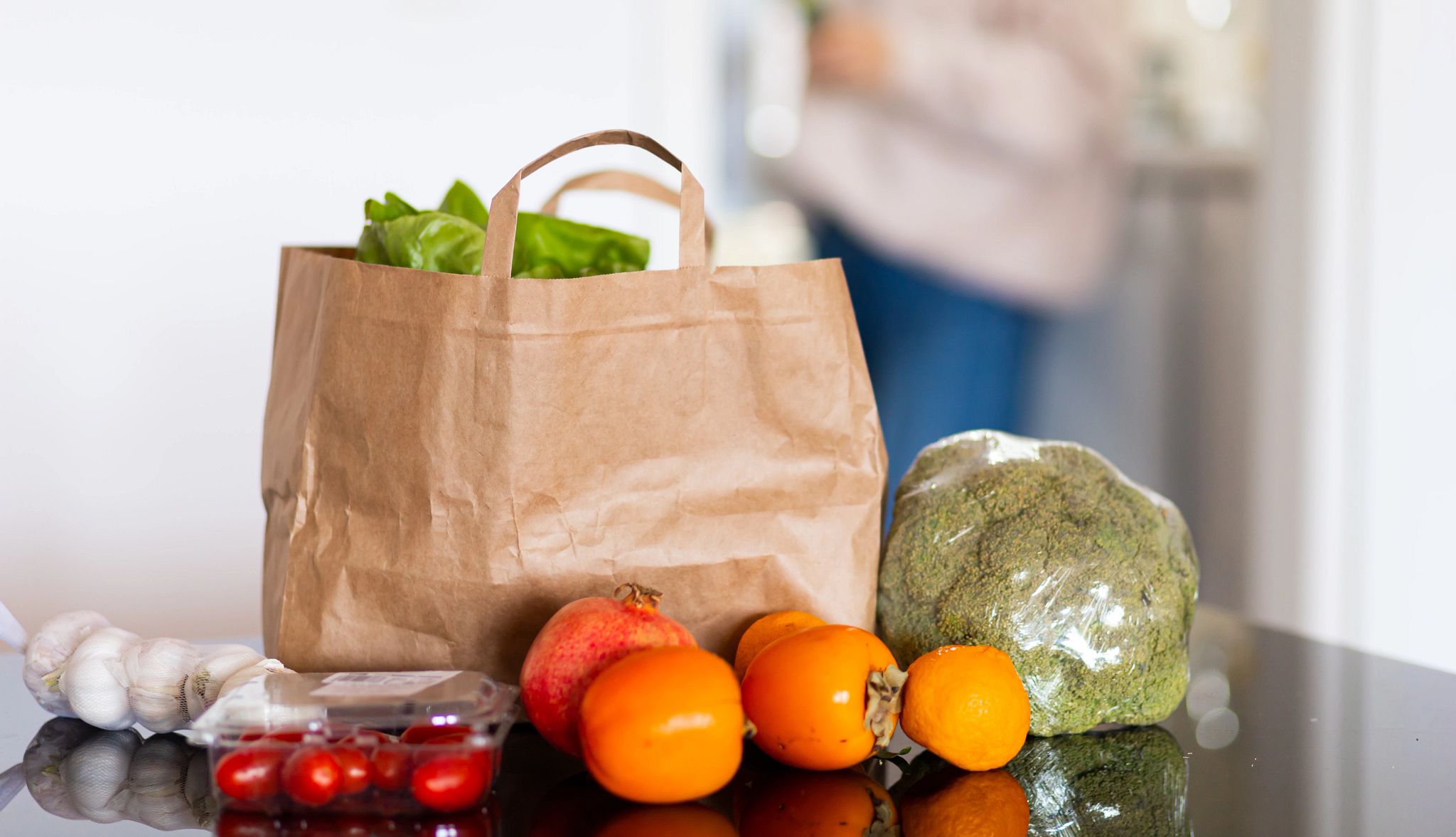AARP Hearing Center


A nutritious diet is an essential part of healthy aging, but filling your fridge and pantry with healthy foods isn’t always easy. For people on a fixed income, budgeting and meal planning can be difficult. Mobility issues sometimes make it hard for people to navigate the store and stock their kitchen. If you follow a special diet due to a chronic condition such as high blood pressure or cholesterol, then a trip to the supermarket can feel like a weighty, even stressful task. Additionally, for those managing a tight household budget, rising prices due to tariffs may require making changes to their shopping habits.
However, with a bit of planning and a few simple strategies, your grocery shopping routine doesn’t have to be a headache or an expensive outing. Follow our expert tips for maximizing your next trip to the supermarket without breaking the bank.


WHERE TO START
1. Assess your dietary needs
Start by considering specific dietary needs that may impact your shopping, including food allergies or chronic conditions like high blood pressure, high cholesterol or diabetes. Your doctor or nutritionist can help you determine the type of diet you should follow, whether it’s a low-sodium, high-fiber or Mediterranean diet, says Dolores Woods, a nutritionist at UTHealth Houston. Of course, within your go-to dietary framework, shop with an eye toward your personal food preferences. If you need help, consult AARP Personalized Nutrition, a suite of tools that can help you plan nutritious meals.
2. Create a budget
It's important for older adults on fixed incomes to create a budget for groceries. Mark Hamrick, senior economic analyst at Bankrate, recommends closely tracking what you spend each month on groceries to ensure you stick to your budget (and make adjustments if needed). Free mobile apps like Goodbudget and EveryDollar easily allow you to keep tabs on your spending across various categories. Premium, paid versions of these apps can sync with your bank account and automatically display your spending habits.
One way to help calculate how much you should spend on groceries is to use the monthly Food Plans from U.S. Department of Agriculture’s (USDA) Food and Nutrition Service. These estimate the cost of “food at home” for a single person across different age groups. As of March 2025, individual shoppers ages 51 to 71-plus should expect to spend between $285.50 to $428.60 a month on groceries.
3. Plan your meals for the week
Creating a menu each week can help you plan your grocery list and ensure you stay on track with your budget and nutritional goals. If you live alone, you can tweak recipes and shopping lists to cook for one, though to cut down on meal prep time, Woods recommends cooking for two and saving half of the meal for leftovers. “You can also freeze some of the food you’re already cooking and eat it later,” she says. Be sure to label what you make with dates, and eat refrigerated leftovers within three to five days.
4. Take inventory of what you have
Before list-making, take inventory of what you already have to avoid unnecessary spending and waste, suggests Woods. Spend a few minutes refreshing your kitchen storage areas in the process. “It won’t take you more than five minutes to straighten up the pantry and fridge and get rid of old food, so when you come home it’s clean and has the space you need to store new items,” says Takilla Combs, a professional organizer in North Carolina. This will save you from buying extras or asking yourself “Do I have it already?” while at the store.
5. Make a grocery list
Make a grocery list that includes cooking ingredients you don’t have on hand, plus snacks and any other home staples. Using a list can help you avoid unhealthy or expensive impulse buys and waste less. “With a list, if I happen upon something that’s a new product I wasn’t aware of, the impulse to put it in my cart is curbed a bit,” says Hamrick.
If possible, Combs recommends organizing your list by store sections (frozen, meats, produce, etc.) to streamline your shopping trip. While you may favor lists written on paper, you can also use list-making apps such as Any.do, Evernote, Google Keep or iPhone Notes. Grocery shopping apps will allow you to build shopping lists as well (and repurchase frequently used staples).
6. Figure out your best shopping schedule
According to research from Statista, 41 percent of Americans shop for groceries once a week. About 29 percent go two to three times a week, while only 6.2 percent shopped for groceries daily. How often you go to the store as a senior can largely depend on your mobility and transportation access.
Woods says weekly trips to the store can save time, especially if you plan and make a list. “A lot of us don’t have enough space to hold more groceries than a week’s worth,” she says. If you plan meals on a monthly basis and you have plenty of storage, including freezer space, then a monthly or biweekly trip might make more sense.
7. Shop right after breakfast
One of the best ways to save money on a grocery haul, according to Chris Mentzer, director of operations at Rastelli Market Fresh, a supermarket chain in New Jersey: Eat something filling beforehand. A Dole survey in 2024 found that three-quarters of shoppers who go to the grocery store when they’re hungry spent more than they’d have liked, with most dropping an average of $26 extra on unneeded foods. Many supermarkets are less busy in the morning, says Mentzer, and some have seniors-only shopping hours on certain days of the week. So it may make sense to take your shopping trip right after breakfast, when your stomach is full.
8. Order groceries for pickup or delivery
Once you’ve identified the items you need, you don’t have to spend time physically walking around a supermarket. Online grocery shopping options are vast these days. Major retailers such as Walmart, Target and Amazon will bring your weekly grocery order to your door or have it ready for you at a convenient pick-up spot. Many grocery chains offer similar services, as do third-party apps such as Instacart, Gopuff and Peapod. These offerings are ideal for those with limited mobility for whom shopping in a brick-and-mortar store is a challenge, but they sometimes incur an extra fee.
9. Consider recipe swaps
Swapping ingredients for thriftier options can save money, especially when it comes to protein. If a recipe calls for beef, instead try pork or chicken, both of which are typically less expensive and can be just as tasty. “When people sit down to eat, they don’t typically think about if the cook or host saved money,” Hamrick says. “They’re focused on the taste.”
Swaps can also make meals healthier. Consider using legumes, such as beans, peas and lentils, as a meat substitute, for example. Not only are legumes more affordable and climate-friendly than meat, Woods says they’re also a great source of dietary fiber, which is important for decreasing the risk of heart disease.
You can use beans as a main protein, put them in a salad, or even season them and make tacos. Dry beans are an affordable option because you can buy them in bulk, says Woods. If you choose canned beans, check that they don’t contain added sodium.


SEARCH FOR SAVINGS
10. Grab a circular and shop the right days
Senior discounts can be a big help for saving money. Weekly circular ads, which you can get at the store, online or in the mail, are a great way to find coupons or learn about deals.
Some markdowns may not appear in any ads, so be sure to look for sale tags in the store. It’s common for stores to temporarily cut prices before holidays or special occasions, Mentzer explains, when they have excess stock they need to thin out. For example, cranberries might go on sale before Thanksgiving, and matzo before Passover. On the other hand, don’t expect these types of deals on out-of-season items. “In winter, we’re not getting any deals on barbecue sauce,” says Mentzer.
11. Sign up for app rewards
Sign up for your grocery store’s rewards program, too: You can save money in the store and get other perks such as discounted gasoline. To stretch your dollar even more, Woods suggests planning meals based on store sales, which often appear first in the app.
12. Try a food-waste app
Many apps work with grocery stores and restaurants to limit food waste, like Too Good To Go, FoodHero and Olio. The app Flashfood has partnered with more than 2,000 grocery stores across North America to offer deals of up to 50 percent off on items that are nearing their sell-by date. Participating stores include Meijer, Giant Eagle, Stop & Shop and Save Mart. Customers pay for the items through the app and pick them up at a designated zone in participating stores.
13. Get only the staples you’ll use
Staple foods such as canned goods, cereal and pasta are must-buys when there’s a sale. These products offer affordability and long shelf lives. But don’t buy items you may not need just because they’re on sale. You could end up throwing away both money and food. “When you’re on a budget, buy what you need and know it will come on sale again before you run out,” says Mentzer.




































































You Might Also Like
The Rudest Things Shoppers Do at the Grocery Store
Phone calls at checkout, knocking into other shoppers: Don’t commit these supermarket sins
Here’s What to Do With All Your Unwanted Stuff
Advice on how to sell, donate and recycle after you declutter
How to Shop Online Using AI
Uncover deals with these three AI-powered assistants